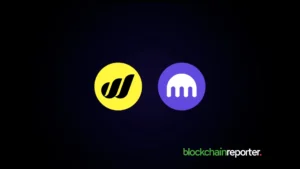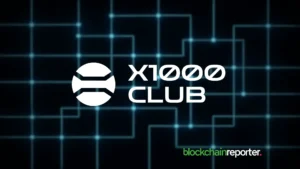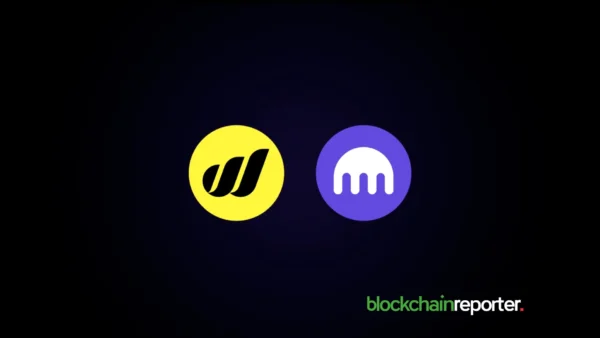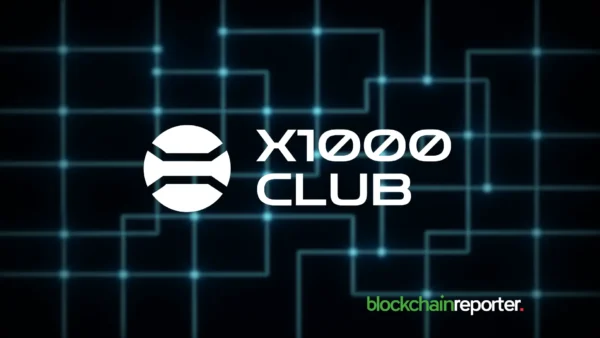
Introduction to Cryptocurrency Protocol Upgrades
Cryptocurrencies operate on a complex system of rules known as protocols. These protocols define how transactions are verified, how data is recorded, and how each part of the system interacts. However, as technology and user needs evolve, these protocols may need updates or modifications, which are achieved through processes known as forks. In the world of blockchain technology, understanding the distinction between hard forks and soft forks is crucial for both developers and investors.
What is a Hard Fork?
A hard fork is a significant change to a blockchain’s protocol that makes previously invalid blocks/transactions valid (or vice-versa). This type of fork requires all nodes or users to upgrade to the latest version of the protocol software. If not all participants agree to the upgrade, this can result in a permanent divergence in the blockchain, essentially splitting the original chain into two separate versions. Each version then operates on its own distinct protocol.
Impact of Hard Forks on the Network
Hard forks can be initiated for several reasons, including correcting security risks found in older versions of the software, adding new functionality, or reversing transactions (as seen in the Ethereum blockchain to counteract the DAO hack). One of the most significant outcomes of a hard fork is the creation of a new cryptocurrency. For example, Bitcoin Cash was created as a result of a hard fork from Bitcoin in 2017 due to disagreements within the community over block size limits.
What is a Soft Fork?
Conversely, a soft fork is a change to the software protocol where only previously valid blocks/transactions are made invalid. Since old nodes (those not upgraded) will still see the new blocks as valid, this type of fork is backward-compatible. A majority of miners upgrading to the new protocol enforces the new rules, as their longer blockchain becomes the accepted chain by the entire network.
Benefits and Risks of Soft Forks
Soft forks have been preferred for their smoother and less disruptive way of updating the blockchain. They require only a majority of the miners to upgrade the software, which can be less challenging than coordinating across the entire network. However, if a majority is not achieved, it can lead to network issues such as slower validation times and could make the blockchain more susceptible to certain types of attacks.
Navigating Forks in the Cryptocurrency Ecosystem
Both hard forks and soft forks play integral roles in the development and governance of blockchains. They reflect the decentralized nature of these digital assets, where consensus from the community can lead to significant changes and improvements. For investors, these forks can affect the value of the digital assets they hold, sometimes creating opportunities as seen with Bitcoin and Bitcoin Cash.
Understanding the technical aspects and implications of each fork type helps investors make informed decisions and keeps developers on the cutting edge of blockchain technology enhancements.
Future Prospects and Considerations of Forks
As the cryptocurrency landscape continues to evolve, the role of forks will undoubtedly remain significant. These modifications to the protocol are not merely technical updates; they also bring about strategic shifts in the governance and direction of the blockchain projects. Here’s what stakeholders might consider looking forward:
Community Consensus and Governance One of the critical aspects of successful forks is achieving community consensus. Both hard forks and soft forks underscore the importance of community in decentralized networks. Decisions about whether to fork a blockchain often involve intense debates and can reflect deeper philosophical differences within the community about the future direction of the cryptocurrency.
Strategic Implications for Investors For cryptocurrency investors, forks can signify moments of both opportunity and risk. New coins created from hard forks can add unexpected value to an investor’s portfolio, as was the case when Bitcoin holders received an equivalent amount of Bitcoin Cash. However, forks can also lead to market volatility and uncertainty, making it essential for investors to stay informed about upcoming changes.
Technical Enhancements and Adaptability From a technical perspective, forks demonstrate the adaptability and scalability of blockchain technology. They allow for significant overhauls that can introduce new features, improve transaction efficiency, or enhance security. For developers, understanding the mechanics of both hard and soft forks is crucial for contributing effectively to any blockchain project.
Educational and Practical Resources
To further understand and monitor forks in the cryptocurrency world, several resources can be invaluable:
- Blockchain Explorers: Tools like Blockchair or Blockchain.com allow users to explore real-time blockchain data and can help track the progress and acceptance of forks.
- Cryptocurrency News Outlets: Staying updated with reputable crypto news sources is crucial, as they provide timely information on upcoming forks and community sentiments.
- Technical Documentation and Developer Forums: For those more technically inclined, reading through the cryptocurrency’s whitepaper or contributions on forums like GitHub or Stack Exchange can provide deeper insights into the specific reasons and technical details of a fork.
So What?
Understanding hard forks and soft forks is crucial not only for those directly involved in blockchain development but also for anyone invested in the digital currency space. As cryptocurrencies continue to mature, the mechanisms of how they evolve through forks will remain a vital area of study and discussion. By staying informed and prepared, community members can navigate the complexities of forks and leverage their outcomes for strategic advantage.
Frequently Asked Questions
What is a Hard Fork?
A hard fork is a major change to a blockchain’s protocol that can make previously invalid transactions valid, or vice-versa. It requires all nodes or users to update to the latest software version, and if not all participants agree, it can cause the blockchain to split into two separate versions. Hard forks are often initiated for security updates, new functionality, or to reverse transactions, such as in the case of the Ethereum blockchain after the DAO hack.
What is a Soft Fork?
A soft fork is a change to a blockchain’s protocol that makes previously valid transactions or blocks invalid. It is backward-compatible, meaning older nodes can still process the new blocks as valid, but a majority of miners need to upgrade to enforce the new rules. Soft forks are typically less disruptive than hard forks and can be implemented without a complete network upgrade, though they can still lead to network issues if consensus is not achieved.
What are the benefits and risks of Soft Forks?
Soft forks are beneficial because they are less disruptive and easier to implement since they only require a majority of miners to upgrade. However, if the majority is not achieved, it could result in slower transaction validation times or make the blockchain more vulnerable to attacks. Despite these risks, soft forks are often seen as a smoother way of updating the blockchain protocol compared to hard forks.









